The sari Indian garment has a rich and fascinating history. Let’s explore its origins and evolution:
How Did It Get The Name?
We know that saree is a Sanskrit word but a few Buddhist and Jain scripts suggest that it evolved from ‘sattika’ which referred to women’s attire. It used to be a three-piece garment that consisted of a veil, lower garment and chest band.
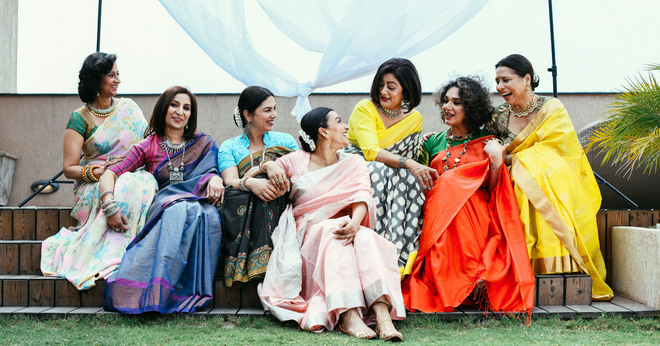
One can find it traced in the Buddhist Pali and Sanskrit literature around the 6th century BC. The initial handloom (handwoven) saree styles include cotton, ikkat, embroidery, silk and tie-dye textiles. In fact, sarees are said to be the roots of the development of ghagras, lehengas and cholis.
Indus Valley Civilization
One of the earliest urban civilization in human history is Indus Valley Civilization which grow between 2800 and 1800 BCE. It had highly developed drainage systems, standardized brick building, and excellent urban planning. It was thriving throughout modern-day Pakistan and northwest India. Cities with strong commercial, administrative, and cultural hubs were Mohenjo-Daro and Harappa. Artifacts like seals, ceramics, and jewelry show that the residents were involved in trade, agriculture, and crafts.
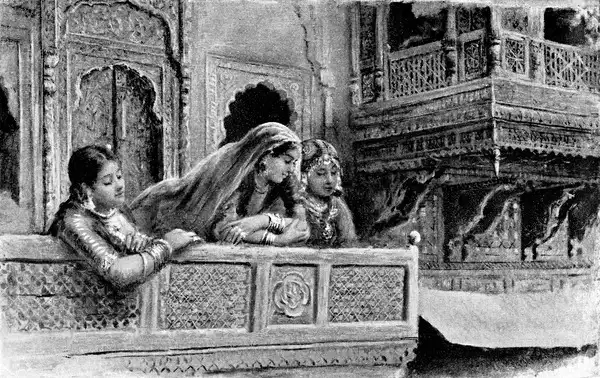
The civilization’s writing is still untranslated, lending its political and cultural practices an aura of mystery even in the face of its astounding accomplishments. However, its legacy lives on as evidence of the inventiveness and organizational skills of early human civilization, and it had a significant impact on later developments in the Indian subcontinent and elsewhere.
Sanskrit Sources
The ancient Indian language of Sanskrit is the source of the sarees cultural legacy. The word “saree” comes from Sanskrit and means “strip of cloth,” emphasizing the language link between Indian culture and the clothing. Sanskrit literature and scriptures mention draped clothes that resembled saris, suggesting that they were worn in ancient Indian society.
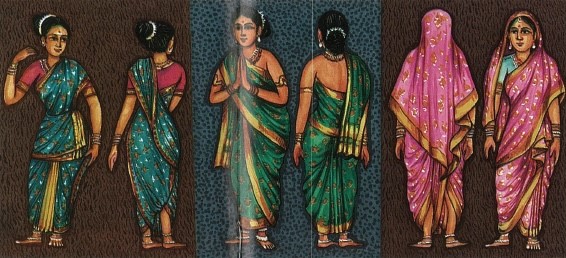
This connection highlights the sarees deeper meaning as a symbol of cultural identity and tradition rather than just as a piece of clothing. The ‘saree’ which has Sanskrit roots, is a timeless piece of Indian culture that is significant in modern life and reflects the country’s timeless elegance.
Enchanted Unstitched Clothes
The sarees versatility is what makes it so alluring as a “magical unstitched garment”. This clothing offers wearers comfort and elegance while easily adjusting to India’s varied climate and cultural customs. The sari is a canvas for creativity and self-expression, offering countless styling options whether it is made of silk, cotton, or linen.
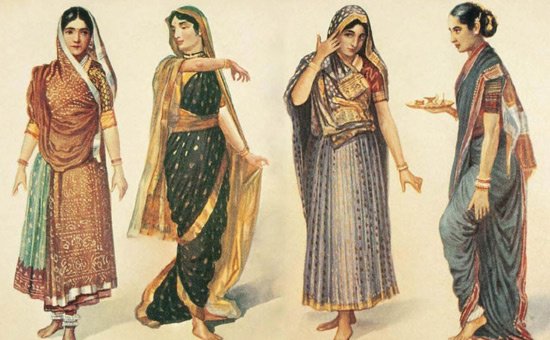
Because of its unstitched design, it may cross religious and cultural barriers and is welcomed by both the Muslim and Hindu groups in India. The sarees allure is found in its capacity to reconcile history and modernity, inspiring pride while welcoming change. The saree a representation of grace and femininity, enchants people all over the world with its alluring beauty and ageless appeal.
A symbol of pride for the country
Sarees are more than simply clothes; they are symbols of pride in the country and a representation of both traditional and contemporary design. There are more than thirty regional types of sarees in all of India’s 29 states, each with a distinctive history and exquisite workmanship. These varied outfits represent diversity in unity and capture the country’s rich cultural legacy.
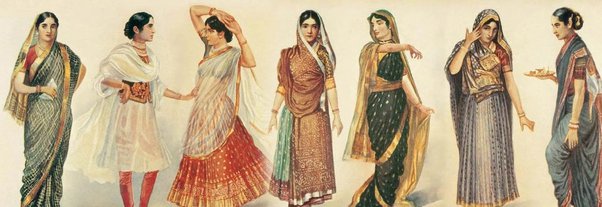
Every sarees exhibits the creative genius and cultural core of the area it comes from, whether it is the elaborate weavers of Banarasi silk or the vivid colors of Kanjeevaram. Sarees with their enduring grace and alluring beauty, are representations of India’s cultural heritage and national identity that are beloved at home and abroad.
Craft Culture
India continues to be a stronghold of rich handcraft traditions, upholding age-old methods in the face of global modernization. The nation’s rich cultural background is reflected in the sari, which is symbolic of this tradition. Indian artists display their unmatched talent and commitment in everything from the complex techniques of silk weaving to the elaborate processes of dyeing and printing. Every saree is an artisan’s work of art, fusing creativity and heritage in one seamless garment.
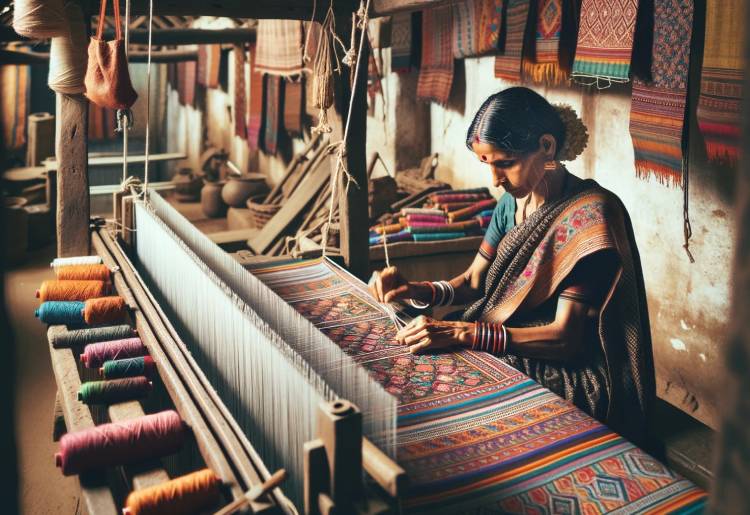
Every saree has a distinct cultural story, whether it is the rich patterns of Tamil Nadu’s Kanjeevaram or the vivid hues of Rajasthan’s Bandhani. India’s handicraft culture promotes communal resilience and economic empowerment in addition to maintaining cultural identity. India’s dedication to handcrafted quality remains captivating in a world.
For example
Bridal wear is a popular choice for the magnificent Banarasi silk sarees that are expertly woven in Varanasi and adorned with metallic zari thread. Kerala features the elegant white sett mundu saree evoking fashions from bygone eras. Balchuri sarees from West Bengal on the other hand have elaborate trim that is modeled after patterns on clay temple walls. These regional differences, which represent centuries of custom and inventiveness, perfectly capture India’s rich legacy of artistic skill and cultural variety.
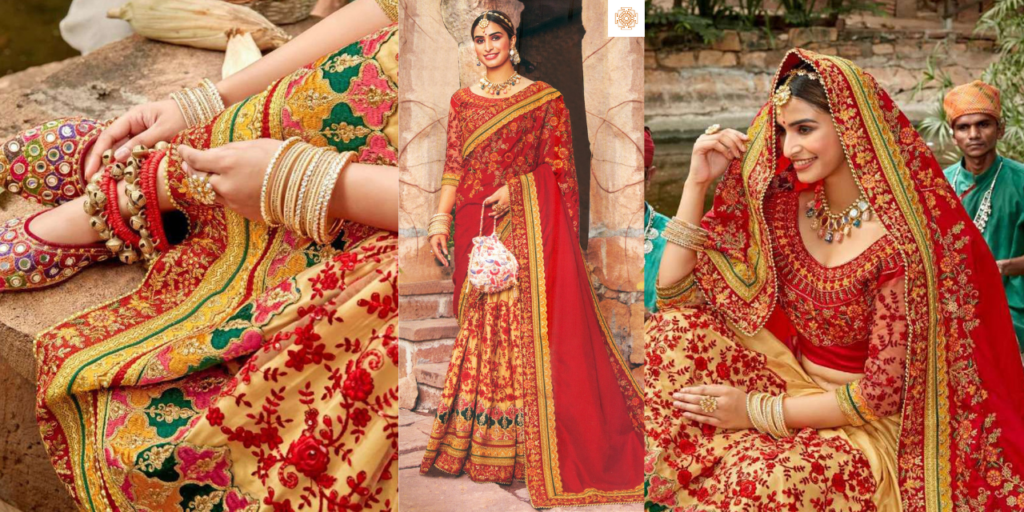
The sari has been a beloved representation of India’s unwavering devotion for workmanship and culture since ancient times. Its ageless charm never fails to attract admirers everywhere, whether it’s worn during joyous festivities or draped casually. It represents beauty, tradition, and cultural pride.
The cultivation of cotton
The production of cotton in the Indian subcontinent during 5th millennium BCE is closely linked to the origins of the saree. The manufacturing of the fabric required to create the recognizable draperies of Indian clothing was made possible by this early cultivation. Its softness, breathability, and flexibility to the region’s many climates make cotton important because they provide comfort for wearers of all ages.
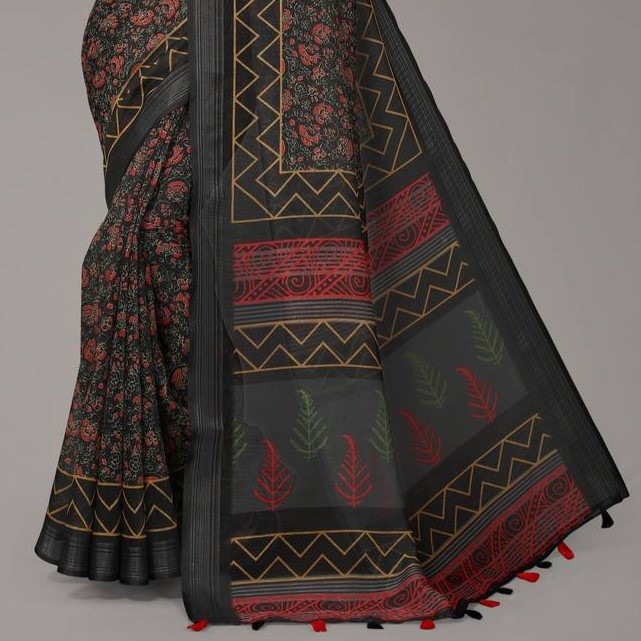
Cotton, one of the first crops to be grown on the Indian subcontinent, was essential in influencing the development of traditional clothing, especially the saree and the processes used in the textile industry. This historical link emphasizes how agriculture has had a significant influence on Indian culture as well as the exquisite craftsmanship that goes into making clothes that have come to represent history and identity.
